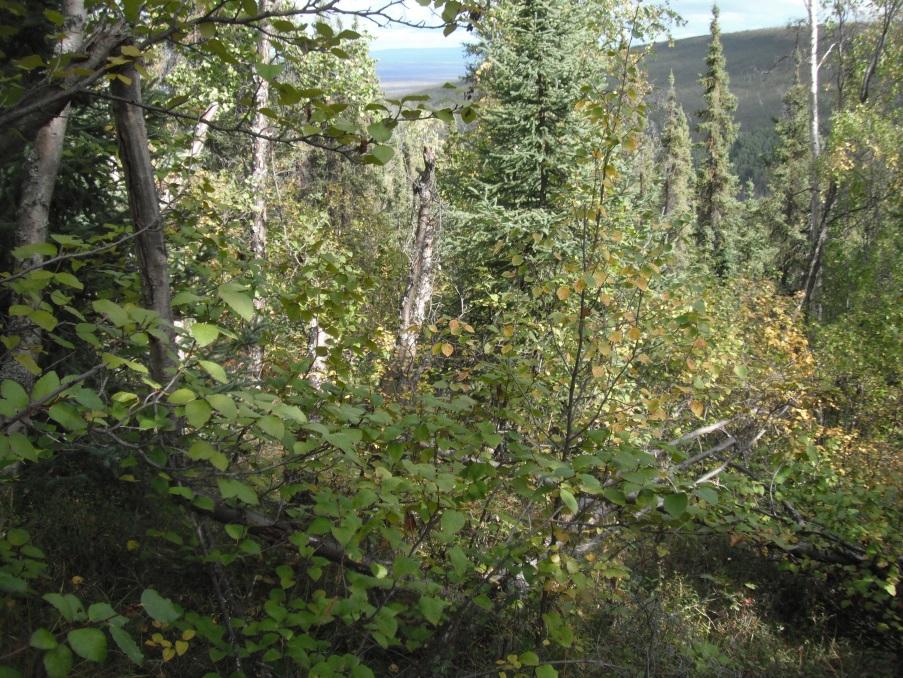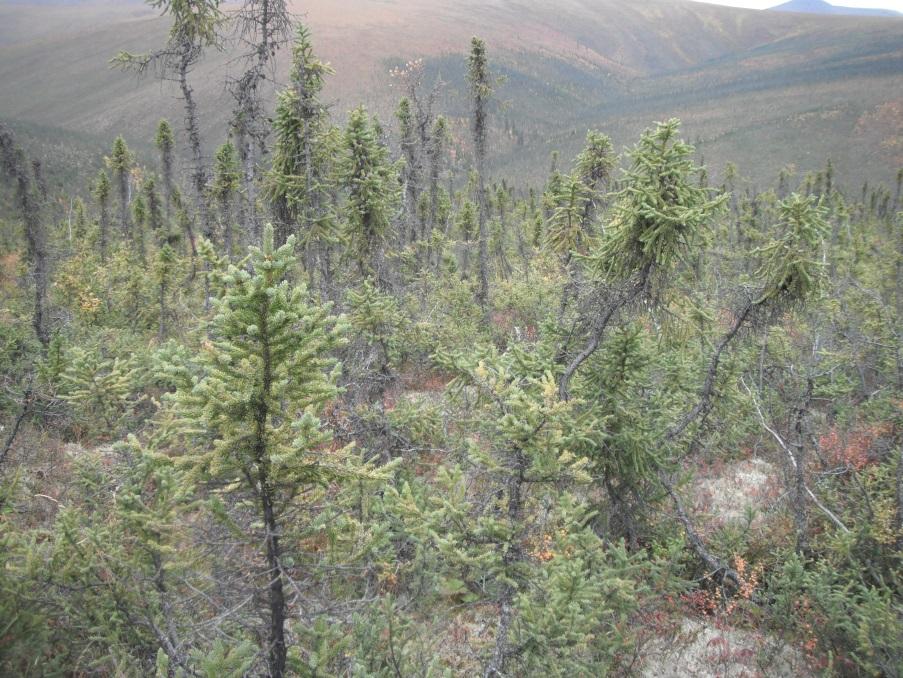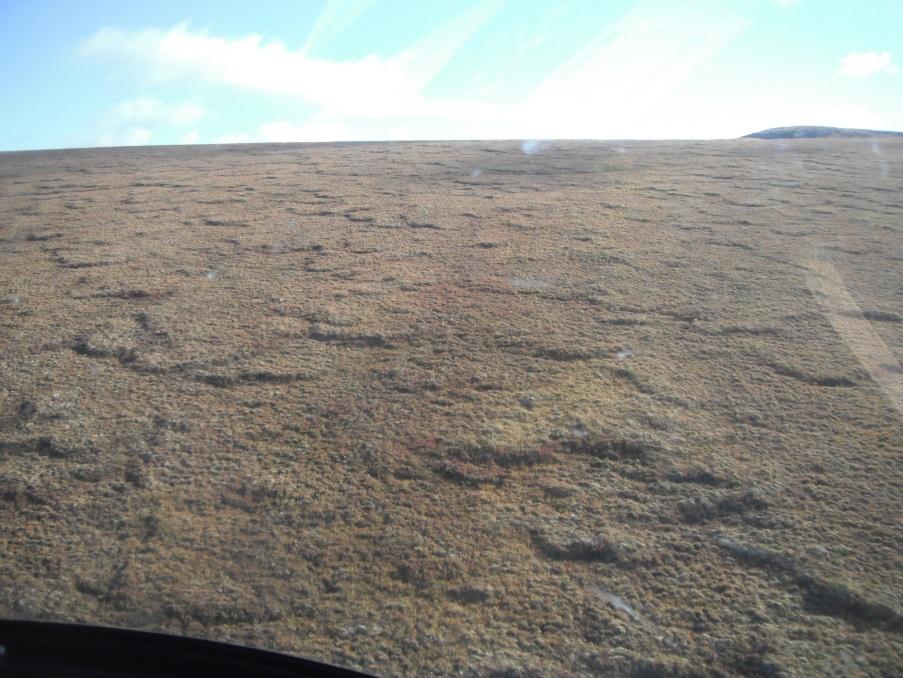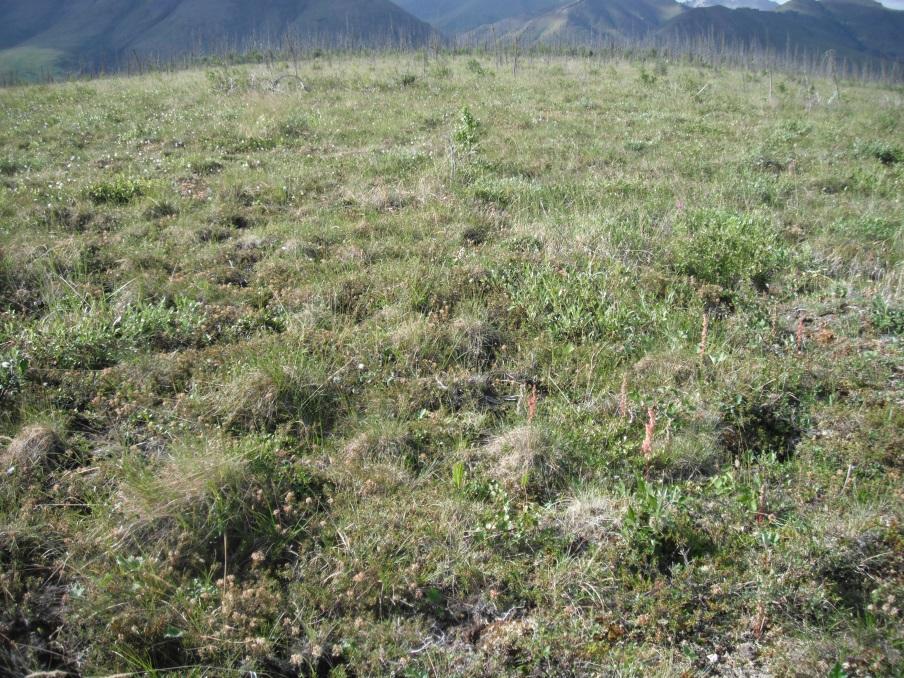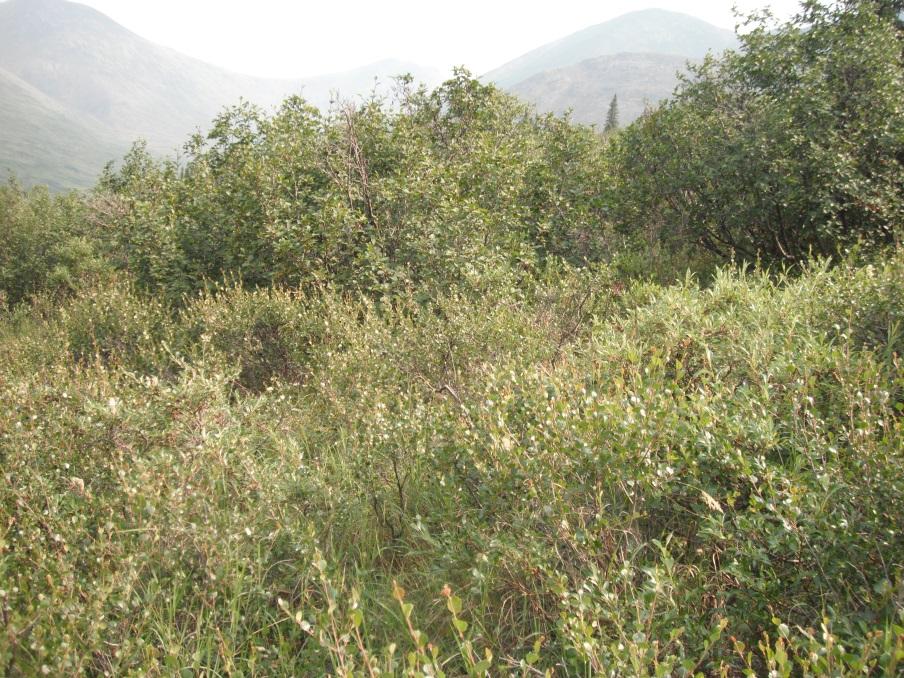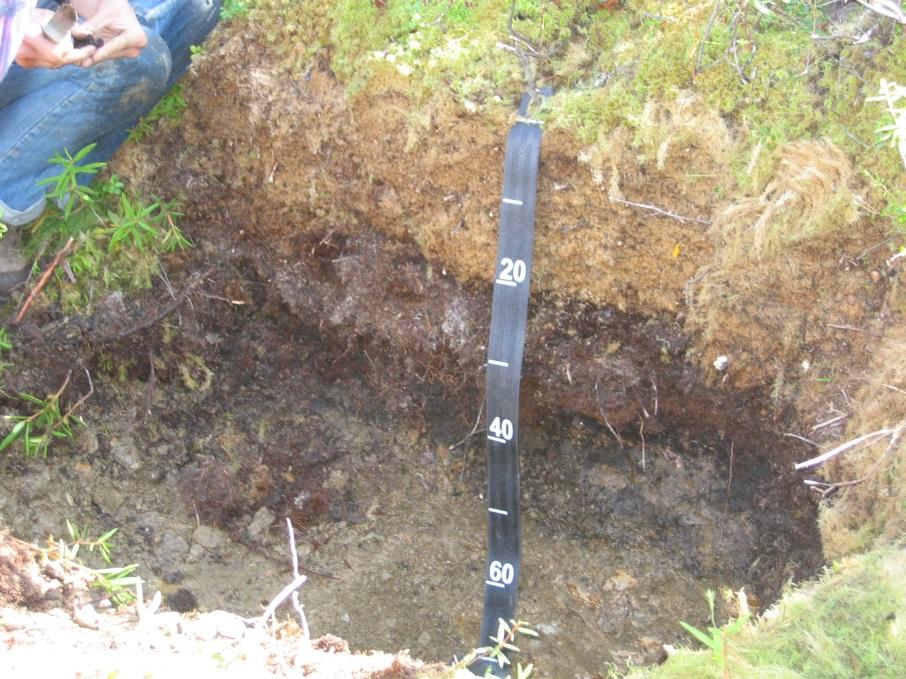
BLM Alaska Native Plants Program
Alaska is home to a number of unique native plant communities in the United States and BLM manages land in seven ecoregions: Southeast, Aleutian Islands, South-Central, Southwest, Northwest, Arctic and Interior Alaska. The temperate rainforest of southeast Alaska is part of the largest temperate rain forest in the world stretching from Alaska all the way to northern California. The Boreal or Taiga Forest covers much of Interior and South Central Alaska with a mixed spruce-birch forest interspersed with woodlands, meadows and bogs. The Arctic, Northwest Aleutian Islands, and Southwest Alaska tend to have tundra along the coastal areas grading to ericaceous shrubs and shrubby woodlands and you move south or inland towards less permafrost, less harsh sites and better growing conditions. Lichens are a common plant community of alpine areas and throughout the Northwest and Arctic regions and are important for caribou habitat. Tussock tundra dominates much of the arctic over a permafrost soil and provides excellent insulation to keep the soils frozen most of the year. Areas of deep moss are also common in areas of permafrost were they provide insulation and protection from soil erosion by wind or water. Much of northern Alaska is considered a desert as it receives less than ten inches (some areas less than 8) of precipitation annually, however, due to low temperatures and permafrost these areas typically support a diverse vegetative community which covers almost the entire soil surface.
There are nine Research Natural Areas (RNA) and four National Conservation Areas (NCA). In addition Alaska currently has 38 Areas of Critical Environmental Concern and with three Resource Management Plans (RMP) under development this may increase substantially.

